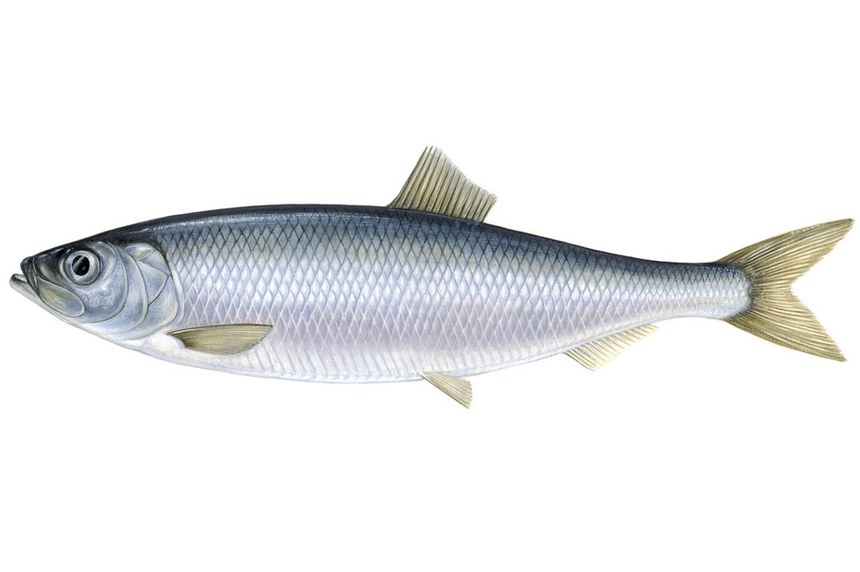Overview
Fisheries are composed of one or more parts, each of which is entitled to receive an MSC certificate. These parts or “units” are defined by their target stock(s), fishing gear type(s) and if relevant vessel type(s), and the fishing fleets or groups of vessels.
When the term “Unit of Certification” is used for fishing units that are in assessment, it refers to the “Unit of Assessment” or “Unit of potential certification”. Expand a status below to view the parts that form this fishery. To check the detailed scope, download the latest certificate or open the Assessments page to get the latest report. Find out more by visiting our page on Fisheries
Eligibility, client groups and vessel lists
A fishery may choose to define the members of the fishery certificate. These members can be vessels or other client group members (e.g. companies that own vessels and/or companies that are named as eligible to handle certified product covered within the fishery certificate scope). Please refer to the fishery certificate statement on additional product specific eligibility criteria (e.g. product eligibility limitations, eligibility date, exclusive points of landing and the point where Chain of Custody certificate is required). Please consult the fishery Public Certification Report for product eligibility rationale.
| Documents | Published on | Files |
|---|---|---|
| Vessel List | 22 Apr 2016 | 1 files |
About this Fishery
In the late 1990s, herring stocks collapsed in the Celtic Sea – to the southwest of the UK and the south of Ireland. In response, the Celtic Sea Herring Management Advisory Committee (CSHMAC) was set up, and tasked with providing management advice for the Irish herring fishery.
Over the next decade, CSHMAC fostered cooperation between marine scientists and the fishing industry to rebuild stocks. A number of fishing grounds were closed and drastic cuts made to fishing quotas.
These sacrifices paid off. Celtic Sea herring stocks have now recovered, and in 2012 the fishery was certified as sustainable.
The independent assessment described the fishery as "clean and selective". Herring school in single species groups in mid-water, so there is little bycatch of other species and fishing gear has minimal impact on the seabed.
“We learned to respect each other, and to trust each other. It was hard for fishermen to accept some of the draconian cuts in the early days but we’ve lived long enough to see the fruits of our labour and hopefully we’ll see further benefits from that. It was the fishermen themselves who proposed to close the fishing grounds to protect the fish. This was a major step forward that wouldn’t have happened previously.”
Liam O’ Driscoll, herring fisherman and CSHMAC member
Herring (Clupea harengus) illustration © Scandinavian Fishing Year Book
Market Information
The fishery supplies mainstream markets in Germany, Poland, Lithuania and Russia. Products include graded frozen fillets, dressed herring, whole frozen herring, pickled fillets in brine and ‘rollmop’ products.
